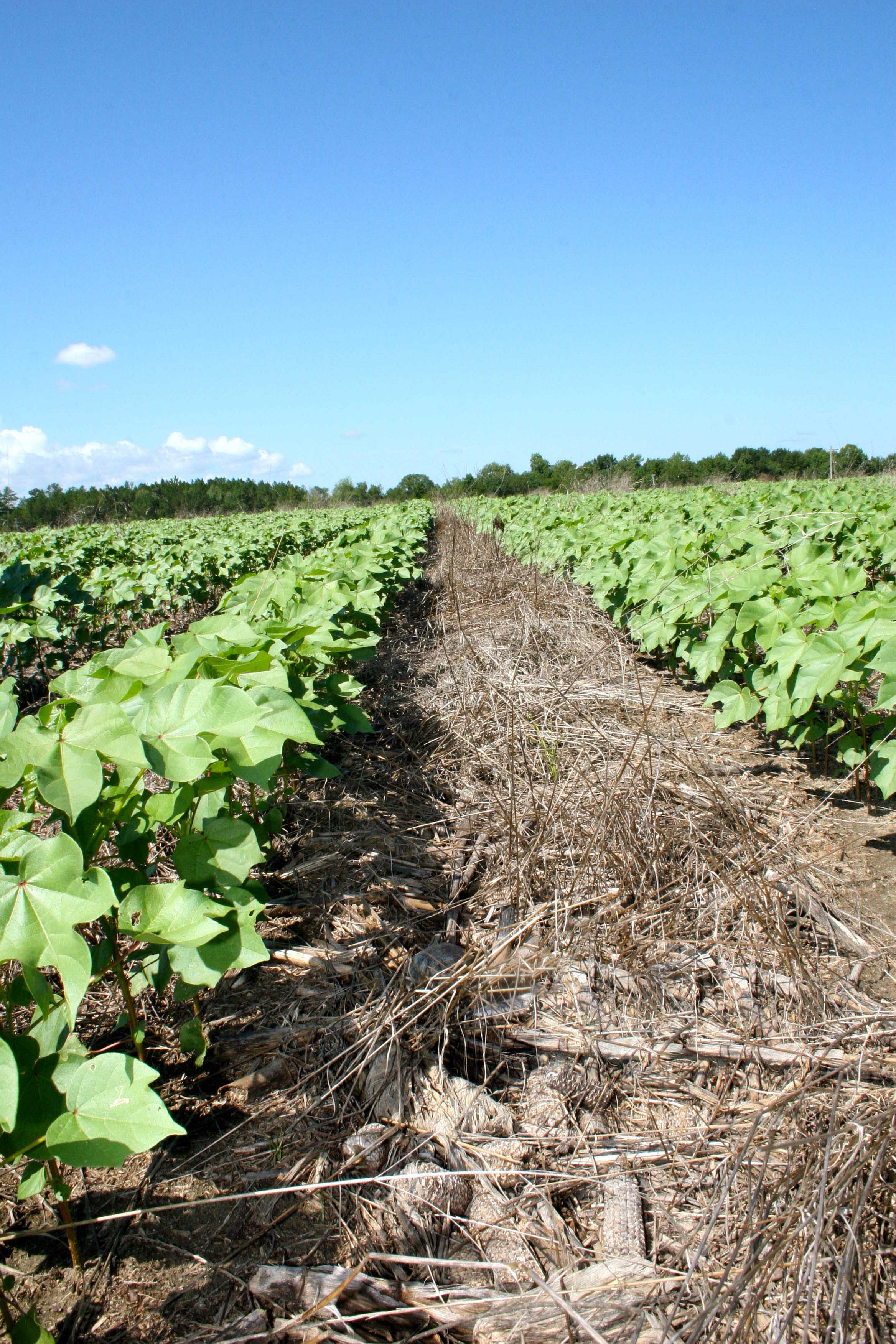University of Georgia Extension water resource specialist Gary Hawkins is a devoted advocate of conservation tillage, but not for the typical reason. He appreciates its soil-building qualities, but what won his support is the water resources it saves.
Conservation tillage conserves and builds the soil’s organic matter, while reducing erosion and increasing water infiltration.
“Conservation tillage is the process of using a cover crop in the non-cropping season of the year to conserve the soil and retain some of the water, and then using that cover crop in the spring — once it’s been killed — to provide a mat that helps with weed control as well as helps with retaining moisture for the coming commercial crop,” Hawkins said.
It also builds the soil’s health as the organic matter/cover crop recycles back into the top soil, he said.
According to Hawkins, not practicing conservation tillage can lead to weeds growing on the fallow soil. On the flip side, some farmers consider weeds to be their cover crops.
UGA Extension promotes planting rye, clover or some other type of cover crop, to provide a thick mat of organic material during the growing season.
“What I’ve been looking at is how does this help with water management? If we can retain water in the soil profile, then we can cut down on some of the supplemental irrigation we need,” Hawkins said. “It reduces the number of irrigations a farmer might have to use during a season.”
Conservation tillage involves rolling the cover crop down before the new crop is planted. The cover crop is sprayed with an herbicide 3-4 weeks before planting season to be killed. The following crop, whether it’s cotton, peanuts or corn is planted into what’s left of the cover crop.
The cover crop “residue” absorbs the energy of the raindrops and slows the downhill water movement, thereby reducing erosion, Hawkins said. Over the course of the growing season, the residue decays and forms organic matter, which goes into the soil profile.
“The purpose of killing the rye (or other cover crop) is to stop it from removing any additional moisture and allowing the soil moisture to recharge prior to planting the next crop,” he said.
Hawkins estimates only 30 percent of farmers use conservation tillage practices. As for why more producers don’t practice conservation tillage, Hawkins attributes it to their mindsets.
Some farmers grow up seeing a clean field, and a heavy residue field looks messier, he said. Also, when farmers use a conservation tillage system, there is a learning curve. Learning how to set up the equipment can be frustrating. Patience is also required, as the benefits of this system won’t be seen for 3-5 years, Hawkins said.
For more information about conservation tillage, see caes.uga.edu/topics/sustainag/contillage.







.jpg)
